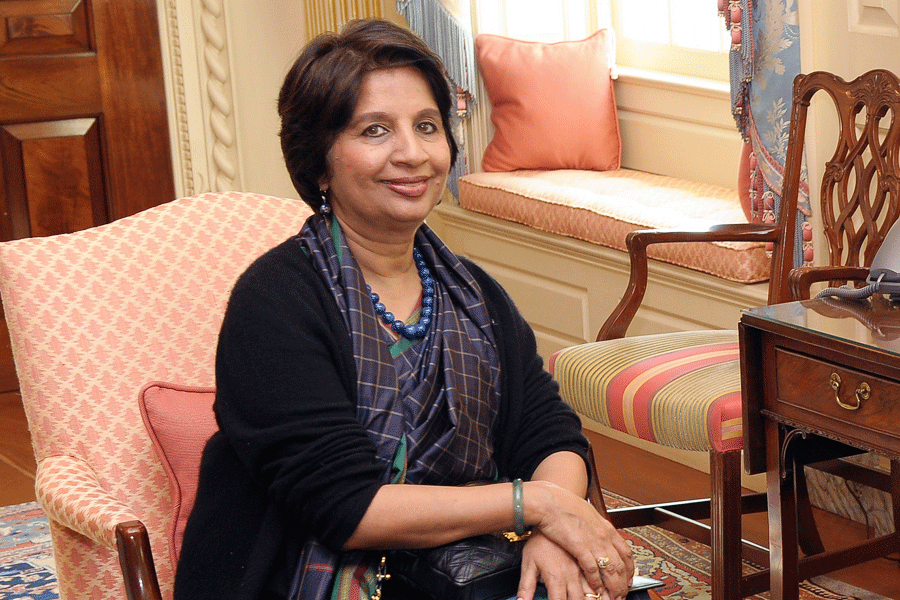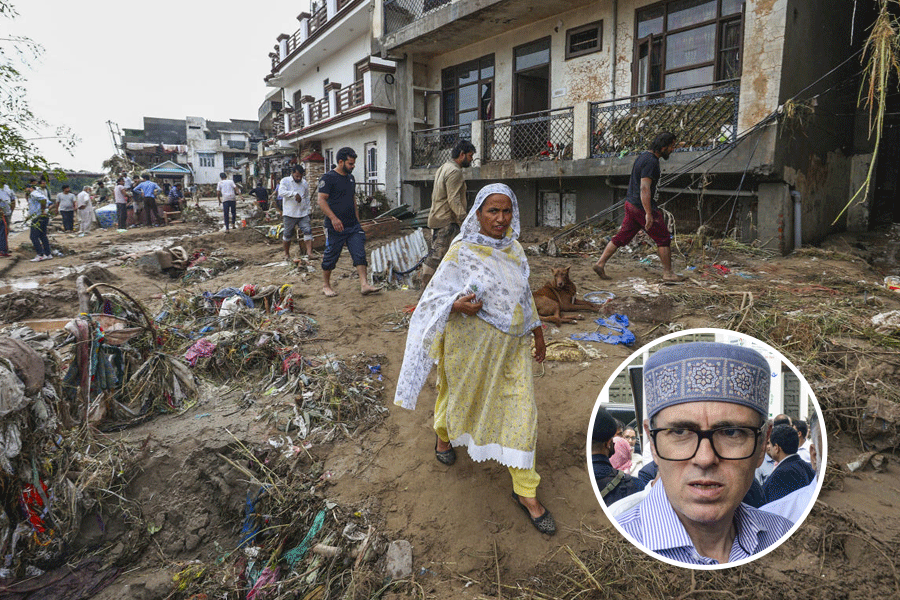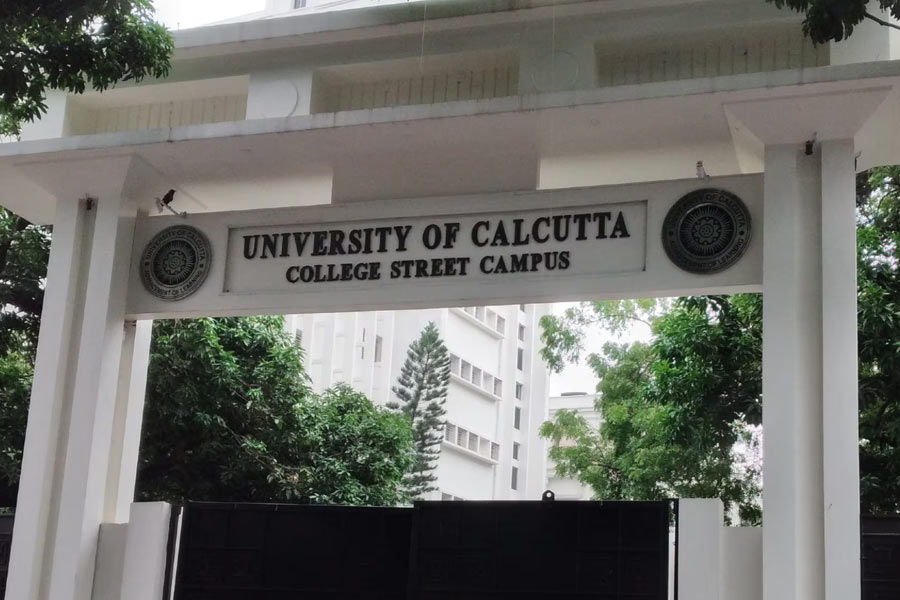Calcutta, March 23 :
The city is perilously close to choking point. Our lungs are bleeding, more than 40 per cent of children are suffering from respiratory distress syndrome, more than 14 per cent of cancer patients are victims of lung cancer, about 11.4 per cent deaths in the city every year is due to respiratory disorder. And things are getting worse by the day.
These are some of the findings of a study conducted by Chittaranjan National Cancer Research Institute, Calcutta, and the Environmental Biology Department of Calcutta University, which has won the 'best research work' award from the Central Pollution Control Board of New Delhi.
The first study of its kind in the country reveals how the Calcuttan, constantly exposed to highly toxic pollutants, is increasingly falling prey to respiratory disorders like bronchial asthma, chronic bronchitis, lung and skin cancer.
The tests carried out by the team of scientists were simple, sensitive and cost-effective. Sputum samples were collected from more than 1,125 individuals, from a wide range of socio-economic background, different occupations and different age-groups, over a period of four years and their alveolar macrophage (AM) count tabulated. AM cells act as a defensive wall against the pollutants inhaled and like the WBC in blood, their numbers increase when a germ infects the system.
The AM count is highest during winter and least in the monsoon months. North Calcutta is worst-affected, with east and central close behind. While samples from Bhowanipore, Ballygunge and Behala had a macrophage count of 18.8/hpf (high-power field), those from Shyambazar, Moulali and BBD Bag had a macrophage count of 30.5/hpf.
Drivers, students and traffic policemen topped the AM count list in terms of occupation, while 'the outdoors' age-groups of 31-40 and 21-30 were found to be the worst affected.
'Till now, we knew that the city's air was laden with deadly pollutants like carbon monoxide, oxides of nitrogen, lead, sulphur and polycyclic hydrocarbons at a concentration much higher than most other cities in India, but we didn't bother to find out what exactly these pollutants are doing to our lungs,' says
Dr Twisha Lahiri of the Cancer Institute.
'An extremely distressing result of our studies was the presence of iron particles in the lungs, that can only be seen if the lungs are bleeding,' says Dr Manas Roy, head of Experimental Haematology of Cancer Institute.
Similar studies were conducted simultaneously in the Sunderbans, 100 km south of Calcutta.
The comparative study was alarming, with the average AM count in the city being 22.7/hpf, as opposed to 2.8/hpf in the
Sunderbans.
Those involved in the study have suggested that these tests be taken up by the state health department to carry out a mass-screening programme which will help identify high-risk groups and enable early detection of diseases like lung cancer.
 Thursday, 28 August 2025
Thursday, 28 August 2025









